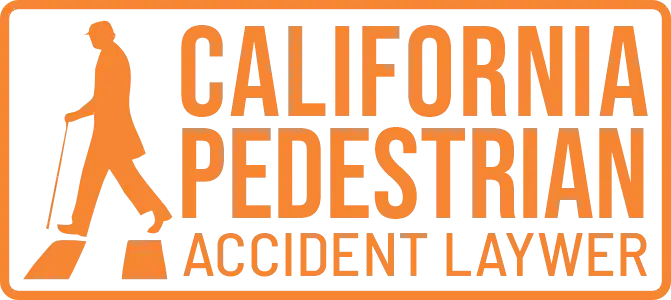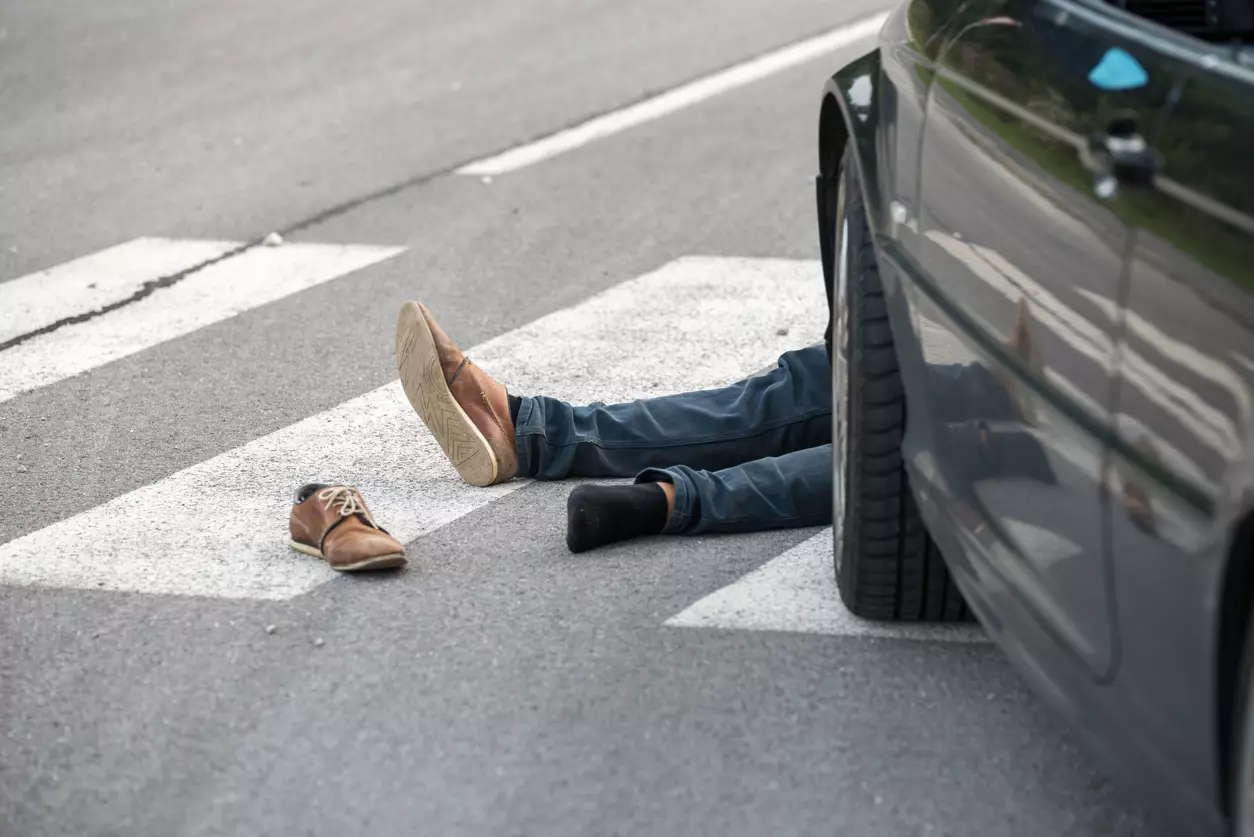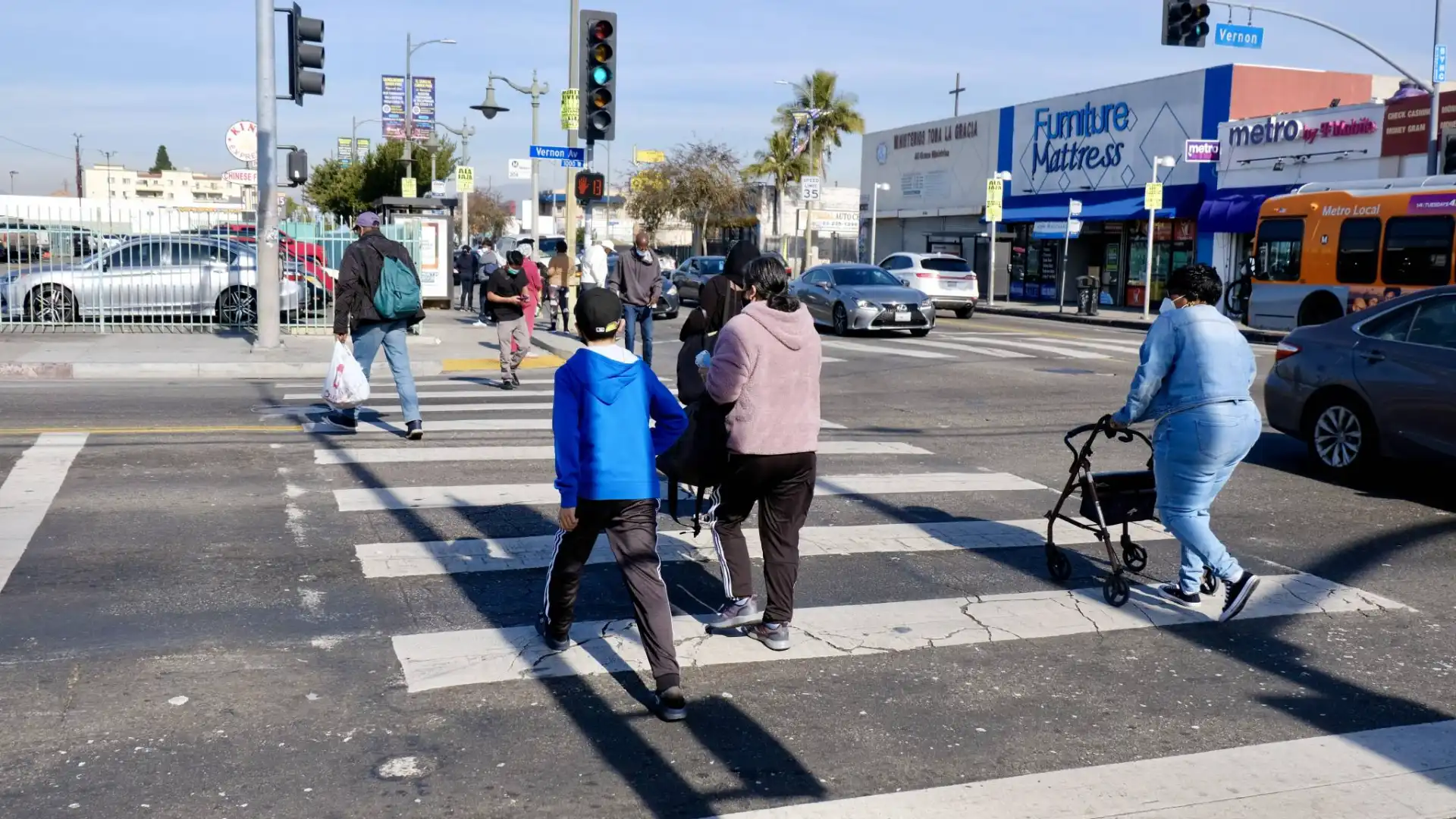Pedestrian accidents can be life-changing, often resulting in serious injuries or even fatalities. In California, where bustling cities and dense traffic make pedestrians vulnerable, understanding your legal rights as a pedestrian accident victim is crucial for securing compensation and ensuring your recovery. Whether you’ve been injured in a crosswalk or hit while walking along the road, it’s important to know the steps you can take to protect your rights.
In this blog, we’ll explore the legal rights you have as a pedestrian accident victim in California, how the law works in your favor, and what you need to do to maximize your chances of receiving the compensation you deserve.
California Pedestrian Accident Laws: What You Need to Know
California has some of the most pedestrian-friendly laws in the United States, designed to protect pedestrians on the road. However, these laws can be complex, and understanding how they apply to your accident is key to navigating the legal process.
1. California’s Right-of-Way Laws for Pedestrians
In California, pedestrians have the right of way at crosswalks, both marked and unmarked, unless traffic control signals or other signs indicate otherwise. This means that if you’re in a crosswalk and a vehicle hits you, the driver may be at fault, and you could be entitled to compensation.
Pedestrians also have the right of way at intersections, even if there is no marked crosswalk. However, this does not give pedestrians the right to step out into traffic unpredictably. It’s crucial to always cross at designated pedestrian crossings and follow traffic signals to avoid accidents.
2. Comparative Fault in California Pedestrian Accidents
California follows a comparative fault system when determining liability in personal injury cases, including pedestrian accidents. This means that if both the pedestrian and the driver share some fault for the accident, compensation can still be awarded, but the amount may be reduced based on the degree of fault assigned to each party.
For example, if a pedestrian crosses the street outside of a crosswalk, they may be partially at fault for the accident, but the driver who failed to yield the right of way could still be responsible for a portion of the damages. If the pedestrian is found to be 20% at fault and the driver is 80% at fault, the pedestrian would receive 80% of the compensation.
3. No-Fault Insurance in California
Unlike some states that operate under no-fault insurance laws, California requires drivers to carry liability insurance to cover damages when they are at fault in an accident. This means that if you’re injured in a pedestrian accident and the driver is determined to be at fault, their insurance should cover your medical bills, lost wages, and pain and suffering.
If the driver is uninsured or underinsured, you may still be able to receive compensation through your own auto insurance policy if you have uninsured/underinsured motorist coverage.
What to Do After a Pedestrian Accident in California
If you’ve been injured in a pedestrian accident in California, taking the right steps immediately following the incident can have a significant impact on your ability to receive compensation.
1. Seek Medical Attention
Even if you don’t think you’re seriously injured, it’s essential to seek medical attention right away after a pedestrian accident. Injuries from such accidents can be severe, including broken bones, head trauma, spinal cord injuries, and internal injuries that may not show symptoms immediately. Early medical care will not only help ensure your health and well-being but also create a record of your injuries, which is important for any legal claims.
2. Report the Accident to the Authorities
It’s important to report the pedestrian accident to the police. This creates an official record of the incident, including the details of the crash and any information about the driver involved. A police report can be crucial for proving fault and is often used by insurance companies and legal professionals to assess liability.
3. Gather Evidence at the Scene
If you’re able to do so, gather as much evidence as possible from the accident scene. Take photos of the location, your injuries, the vehicle involved, and any road conditions that might have contributed to the accident. If there are any witnesses, collect their contact information and ask for their statements. This evidence will be helpful in establishing the facts of the case and supporting your claim.
4. Avoid Admitting Fault
Even if you think you may have been partially responsible for the accident, avoid admitting fault at the scene. California’s comparative fault law means that you may still be entitled to compensation if you’re partially at fault, but admitting fault prematurely could damage your case. Let the authorities and insurance companies determine liability.
5. Consult with a Pedestrian Accident Lawyer
One of the most important steps you can take after a pedestrian accident is to consult with an experienced California pedestrian accident lawyer. A skilled lawyer will help you understand your legal rights, negotiate with insurance companies on your behalf, and fight for the compensation you deserve. Pedestrian accident cases can be complex, and having legal representation ensures that your interests are protected throughout the process.
Compensation You May Be Entitled to as a Pedestrian Accident Victim
As a pedestrian accident victim in California, you may be entitled to various forms of compensation to cover your injuries and losses. The types of compensation available to you will depend on the circumstances of the accident, the severity of your injuries, and whether the driver or other parties were at fault.
1. Medical Expenses
This includes compensation for any hospital bills, doctor visits, surgeries, rehabilitation, medications, and any other medical expenses incurred due to your injury.
2. Lost Wages
If you are unable to work due to your injuries, you may be entitled to compensation for lost wages. This can include current lost wages and future earning capacity if your injuries prevent you from returning to work or affect your ability to earn as much as you did before the accident.
3. Pain and Suffering
This compensates you for the physical pain and emotional suffering caused by your injuries. It takes into account the impact of the accident on your daily life and long-term well-being.
4. Property Damage
If your personal belongings, such as a mobile phone or other items, were damaged in the accident, you may be able to seek compensation for repair or replacement costs.
5. Punitive Damages
In cases of gross negligence or recklessness, such as a hit-and-run driver or someone driving under the influence, you may be entitled to punitive damages, which are designed to punish the at-fault party and deter future misconduct.
Conclusion
If you’ve been involved in a pedestrian accident in California, understanding your legal rights is essential to ensuring that you receive the compensation you deserve. California’s pedestrian laws offer strong protections for victims, but navigating the legal process can be complex. By taking the right steps—seeking medical attention, gathering evidence, and consulting with a knowledgeable pedestrian accident lawyer—you can significantly improve your chances of a successful claim.
Remember, time is of the essence. The sooner you act, the sooner you can focus on healing while ensuring that your legal rights are upheld. An experienced attorney will help guide you through the process, so you don’t have to face the aftermath of an accident alone.



